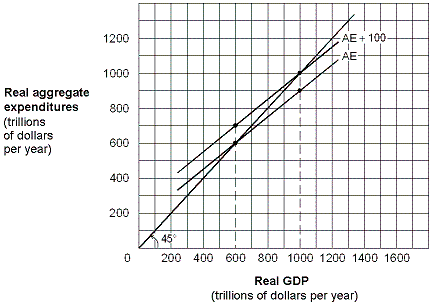Exhibit 9-8 Keynesian aggregate expenditures model

In Exhibit 9-8, an increase in aggregate expenditures causes:
A) a movement down the aggregate demand curve from equilibrium real GDP $600 to equilibrium real GDP $1,000.
B) a movement up the aggregate demand curve from equilibrium real GDP $1,200 to equilibrium real GDP $1,000.
C) a shift of the aggregate demand curve to the right, causing equilibrium real GDP to increase from $600 to $1,000.
D) a shift of the aggregate demand curve to the left, causing equilibrium real GDP to decrease from $1,200 to $1,000.
Correct Answer:
Verified
Q58: Assume the marginal propensity to save is
Q59: In the Keynesian model, the larger the
Q60: Suppose equilibrium real GDP is currently at
Q61: Using the aggregate expenditure-output model, assume the
Q62: If an increase in investment of $50
Q64: When there is a shift in autonomous
Q65: Within the framework of the Keynesian Cross
Q66: Assume that an economy's real GDP multiplier
Q67: If the spending multiplier is equal to
Q68: If the MPS = .25, and investment
Unlock this Answer For Free Now!
View this answer and more for free by performing one of the following actions

Scan the QR code to install the App and get 2 free unlocks

Unlock quizzes for free by uploading documents